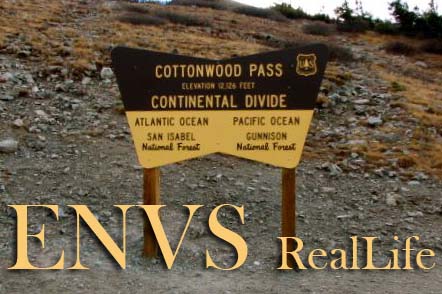On
Western’s Campus
Kelley
Hall:
Main Recycle
Bins:
-
3x EnergySmart +1 = 4x
-
9x ORE Information
-
2x Local Farms
First +1 = 3x
-
10x EnergyWise
-
6x Pocket Guide to
Energy Efficiency
-
8x Green Business Directory
Student Room:
-
8x Green Business
Directory
-
1x Local Farms
First +1 = 2x
-
5x EnergyWise
-
4x EnergySmart
-
4x ORE Information
-
4x Pocket Guide to
Energy Efficiency
Downstairs
Table #2:
-
2x Green Business
Directory
-
0x Local Farms
First
-
5x EnergySmart
-
4x ORE Information
-
5x EnergyWise
-
4x Pocket Guide to
Energy Efficiency
Upstairs
Table #1:
-
2x Green Business
Directory
Upstairs
Table #2:
-
0x Green Business
Directory
-
4x ORE Information
Upstairs
Table #3:
-
2x Green Business
Directory
Taylor
Hall Downstairs:
Recycle Bins #1:
-
2x ORE Information
+3 = 5x
-
3x Green Business
Directory +2 = 5x
Recycle Bins #2:
-
5x ORE Information
-
1x Green Business
Directory +4 = 5x
Leslie
J. Savage Library:
Main Table:
-
1x Green Business
Directory +3 = 4x
-
9x ORE Information
-
3x Pocket Guide to
Energy Efficiency
-
9x Local Farms First
-
10x EnergySmart
-
10x EnergyWise
College
Center:
Main Booklet Table:
-
20x ORE
Information (took 38 back with me)
-
8x Green Business
Directory
-
17x EnergySmart
(were originally 69, took 52 back)
-
10x EnergyWise
-
6x Local Farms
First
-
13x Pocket Guide
to Energy Efficiency
Freecycle:
-
7x Green Business
Directory
-
9x Pocket Guide to
Energy Efficiency
-
5x ORE Information
-
5x Local Farms
First
-
5x EnergySmart
-
5x EnergyWise
Around
Gunnison
Natural Foods Market:
-
4x Green Business
Directory +1 = 5x
-
5x EnergySmart
-
5x EnergyWise
-
1x ORE Information
+5 = 6x
-
5x Pocket Guide to
Energy Efficiency
Mocha’s:
-
4x Green Business
Directory +1 = 5x
-
4x ORE Information
+1 = 5x
-
3x Local Farms
First +3 = 6x
The Bean:
-
9x Green Business
Directory
-
9x ORE Information
-
7x Pocket Guide to
Energy Efficiency
-
18x EnergyWise
-
5x EnergySmart
-
4x Local Farms
First +6 = 10x
Brick Cellar:
-
9x Green Business
Directory
-
10x Local Farms
First (undetermined)
-
10x EnergyWise
(undetermined)
-
10x EnergySmart
(undetermined)
-
10x ORE
Information (undetermined) +9x
-
3x Pocket Guide to
Energy Efficiency
Mario’s Pizza:
-
9x ORE Information
-
6x Pocket Guide to
Energy Efficiency
-
7x Local Farms
First
-
9x EnergySmart
-
9x EnergyWise
-
7x Green Business
Directory
Totals
Delivered:
-
Green Business
Directory: 140x
-
ORE Information:
134x
-
EnergySmart: 83x
-
EnergyWise: 88x
-
Pocket Guide to Energy
Efficiency: 90x
-
Local Farms First:
106x
Total
Booklets Delivered to Locations: 641
Overall, the Local Farms First booklets seem to do the best, followed by the Green Business Directory. The ORE Information and Pocket Guide to Energy Efficiency pamphlets do alright, not great though. I am tempted to stop handing out the EnergySmart and EnergyWise pamphlets, as almost none of them have been taken over the past few months. Perhaps this is just due to where I've put them. Before the end of the semester, I am going to try to add a few more locations to the list, including Global Linings and the gardening place on Tomichi across from Sonic (the name eludes me at the moment). If anyone else has a good idea or two, please post a comment and let me know. My hope is that these handy little pamphlets will not only help to get the word out about ORE, but will also help out the businesses that I've placed 'em at. Until next time.
